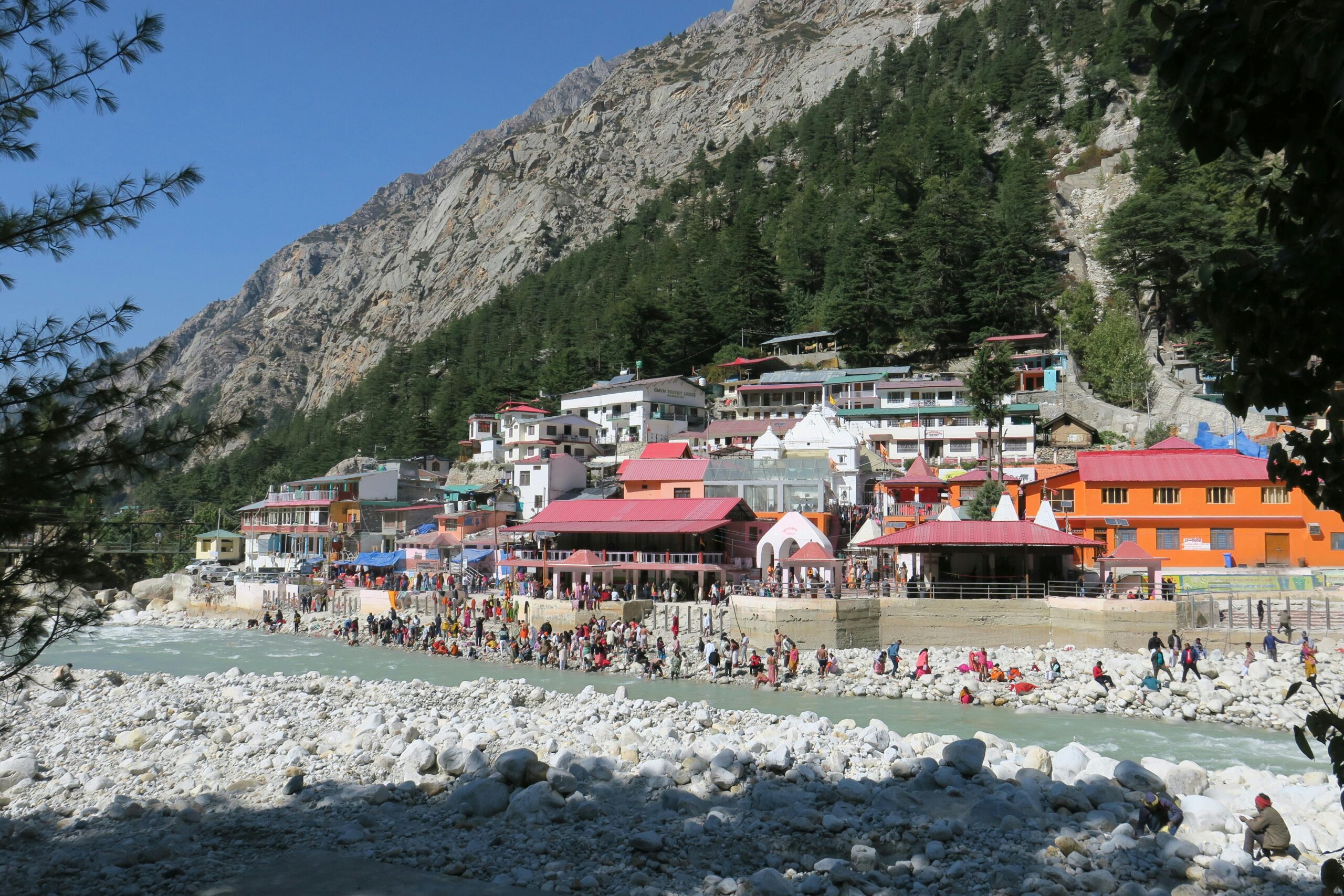
Planning a spiritual journey to Gangotri is not just about choosing a date and booking a hotel—it’s about aligning your travel with the seasons, understanding the terrain, and making the most of your pilgrimage. Nestled in the majestic Garhwal Himalayas, Gangotri is the origin point of the sacred River Ganga and holds profound religious significance for Hindus. Pilgrims from all across the country—and the world—flock here every year to witness its natural and spiritual splendor. But with a destination as sensitive to seasons as Gangotri, timing can make all the difference. That’s why a well-thought-out seasonal guide becomes essential when exploring Gangotri tour packages.
This blog offers a comprehensive guide to help you choose the best time to book Gangotri tour packages, explore the highlights of each season, and ensure your spiritual journey is as smooth as it is fulfilling.
Why the Right Season Matters for Gangotri
Gangotri is located at an altitude of about 3,100 meters (10,200 ft), which makes it prone to extreme weather conditions. The terrain becomes inaccessible during winters, and even during shoulder seasons, weather fluctuations can impact travel plans. Hence, understanding the climate pattern is critical before booking Gangotri tour packages. Each season offers a unique lens through which to experience Gangotri’s spiritual and natural beauty, but also comes with its own considerations.
The Pilgrimage Window: Mid-April to November
The Gangotri Temple opens in mid to late April every year, on the auspicious occasion of Akshaya Tritiya, and remains open till Diwali, which usually falls in late October or early November. This window is the official pilgrimage season, and all Gangotri tour packages are structured within this period. Here’s a breakdown of what to expect during different phases of this season:
Spring (Mid-April to May): A Blooming Beginning
Temperature Range: 5°C to 15°C
Ideal For: Devotees looking for the first darshan of the season
Spring marks the beginning of the Char Dham Yatra, and Gangotri opens its gates to pilgrims after a long winter. The air is crisp, the skies are clear, and the surrounding landscapes begin to bloom with alpine flora. Snow might still blanket some parts of the higher trails, offering surreal scenery.
This period is perfect for those who want to be among the first to visit the temple and are comfortable with slightly colder temperatures. However, because it’s the start of the season, some roads might still be undergoing maintenance due to snow damage from winter.
Pros:
- Less crowded compared to peak season
- Beautiful snow-capped views
- Best time for photography
Cons:
- Cold nights and mornings
- Limited local amenities early in the season
Many Gangotri tour packages for this season focus on shorter stays and temple visits, as longer treks (like Gaumukh) may be closed or difficult to access.
Summer (June to Mid-July): Peak Pilgrimage Period
Temperature Range: 10°C to 20°C
Ideal For: Families, first-time pilgrims, and group travelers
This is when the pilgrimage reaches its peak. With pleasant temperatures and open trails, it becomes the most popular time for pilgrims. All the facilities—guesthouses, eateries, transport—are in full operation. Whether you’re traveling solo or with family, summer is considered the safest and most convenient time to go.
During this time, Gangotri tour packages often include not just the temple visit, but also treks to nearby attractions like Gaumukh Glacier and Tapovan.
Pros:
- All routes and attractions accessible
- Fully operational infrastructure
- Family-friendly weather
Cons:
- Heavy tourist crowds
- Higher costs due to demand
If you’re planning a Chardham tour package, this is also the period when all four shrines—Yamunotri, Gangotri, Kedarnath, and Badrinath—are accessible, making it ideal for covering the full circuit.
Monsoon (Mid-July to Mid-September): A Time for Caution
Temperature Range: 8°C to 18°C
Ideal For: Experienced travelers or off-season adventurers
Monsoon in the Himalayas is not to be taken lightly. While the mountains turn lush green and waterfalls spring to life, this season brings a high risk of landslides and road blockages. For this reason, many Gangotri tour packages are either suspended or limited in scope during this period.
However, for travelers willing to take the risk, the rewards are high—less crowd, lower prices, and the raw beauty of the mountains in the rain. If you go during monsoon, ensure your package includes real-time weather monitoring and flexible travel arrangements.
Pros:
- Serene and uncrowded
- Lush green landscapes
- Affordable rates
Cons:
- Frequent road closures
- Risk of natural disruptions
- Temple timings may change
Not advisable for the elderly, families with small children, or those with strict travel timelines.
Autumn (Mid-September to Late October): The Golden Farewell
Temperature Range: 5°C to 17°C
Ideal For: Photographers, solo travelers, and spiritual seekers
Autumn is a magical time to visit Gangotri. The rains have cleared, the skies are once again azure, and the landscape is bathed in golden hues. The temperature begins to dip, but the weather remains comfortable for travel. It’s the season of calm, making it perfect for introspection and spiritual reflection.
Gangotri tour packages during this season often emphasize peace and serenity. Many visitors who prefer meditative travel or off-peak experiences choose this time for their pilgrimage.
Pros:
- Fewer tourists
- Pleasant weather for trekking and exploring
- Ideal for photography and meditation
Cons:
- Shorter daylight hours
- Last-minute closures due to early snowfall
As the temple prepares for its seasonal closure, there’s a unique energy in the air—one of gratitude and farewell. If you’re also planning a Chardham tour package, make sure to check temple closing dates as they begin shutting down from mid to late October.
What to Look for in a Gangotri Tour Package
Booking a Gangotri tour package isn’t just about transport and lodging. The best packages offer:
- Flexible itineraries to adjust with weather conditions
- Medical support for high-altitude travel
- Local guides who understand the terrain
- Safety protocols for landslides and roadblocks
- Cultural insights to enrich your spiritual experience
At 4dhamyatra, we carefully structure our tour packages based on seasonal insights, ensuring that your pilgrimage aligns with the best nature and infrastructure have to offer. While we don’t believe in over-promoting, we do believe in preparing you for a meaningful journey, with reliability and care at its core.
Tips for a Smooth Gangotri Trip
- Book early for summer months to avoid last-minute rush
- Pack layered clothing to deal with fluctuating temperatures
- Always carry rain gear, especially if traveling around monsoon
- Consult your doctor if you have respiratory or heart conditions
- Stay informed about local weather and temple updates
Final Thoughts
Choosing the right time to visit Gangotri can greatly impact your experience. Whether you’re drawn by the serenity of spring, the vibrancy of summer, the solitude of monsoon, or the reflection of autumn, there’s a perfect season for everyone.
Gangotri tour packages aren’t just travel itineraries—they’re gateways to spiritual discovery, natural wonder, and cultural richness. With the right planning and awareness, your journey can transcend a typical vacation and become a life-enriching experience.
So take the time to understand the seasons, align your travel with your inner intent, and make your way to the source of the Ganges. And whether you’re doing just Gangotri or opting for a Chardham tour package, remember: the Himalayas always reward the patient and the prepared.



























